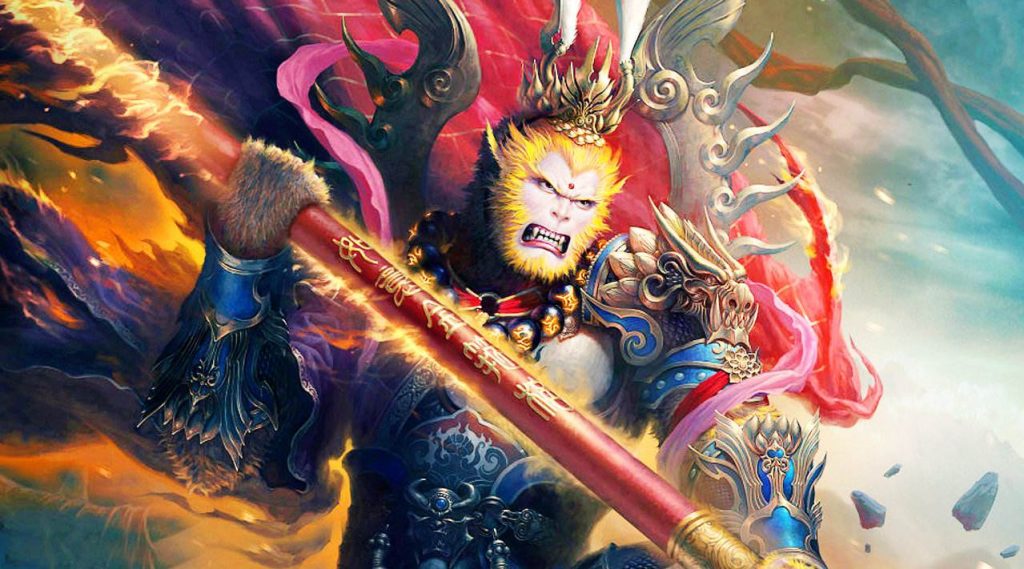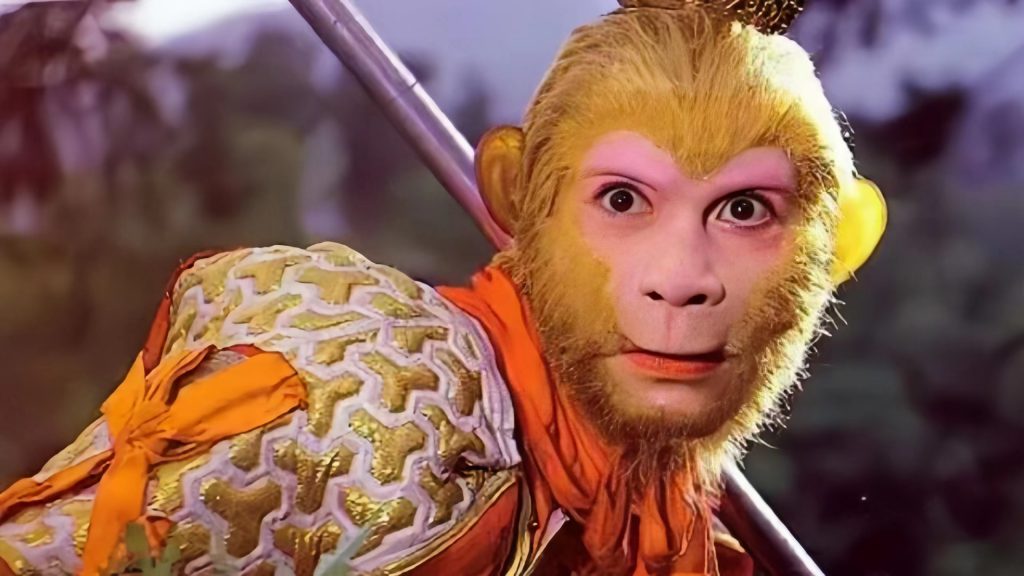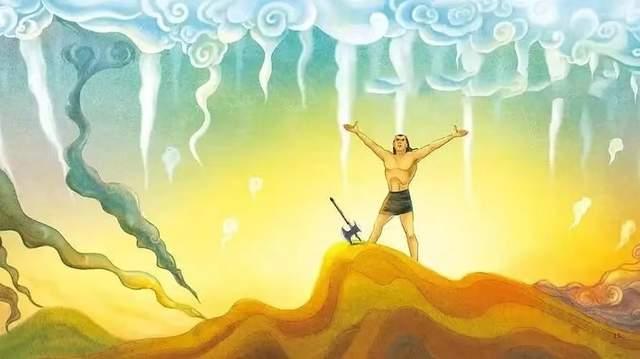In the long history of Chinese culture, the story of Chang’e flying to the moon is like a bright pearl, illuminating the night sky of countless people and becoming a household myth. This story not only contains rich cultural connotations, but also embodies people’s yearning for a better life and their loyalty to love. This article will comprehensively interpret this legend that has been passed down through the ages from multiple aspects, including the origin, development, cultural connotation, and influence of the legend of Chang’e in history and literature.
- The origin of the legend of Chang’e
The myth of Chang’e flying to the moon was first seen in the “Huainanzi Wai Ba Pian” written in the Western Han Dynasty, which is a work that integrates philosophy, history, and mythology. The book records: “In the past, Yi was hunting in the mountains and met Da’e under a laurel tree. By the time of Yao, ten suns came out at the same time…Yi asked the Queen Mother of the West for the elixir of immortality and entrusted it to Da’e. Feng Meng went to steal it, but failed and wanted to harm Da’e. Da’e had no idea, so she swallowed the elixir of immortality and ascended to heaven. However, she couldn’t bear to leave Yi and stayed in the Moon Palace.” The “Da’e” here refers to the later Chang’e, who was changed to “Heng’e” to avoid the name of Emperor Wen of Han, Liu Heng, and then gradually evolved into the well-known “Chang’e”.
In addition to “Huainanzi”, earlier documents such as “Gui Zang” also have records about Chang’e flying to the moon, but they are relatively brief, only saying that Chang’e took the elixir of immortality from the Queen Mother of the West and ran to the Moon Palace to become a moon spirit, and had not yet had a direct connection with Hou Yi. This shows that the legend of Chang’e flying to the moon existed in the pre-Qin period and gradually enriched and improved with the passage of time.
- The development and evolution of the legend of Chang’e
The legend of Chang’e flying to the moon has been continuously processed and interpreted in later generations, forming multiple versions. The most well-known version is that Chang’e flew to the Moon Palace because she stole Hou Yi’s immortal medicine. This version gradually became dominant after the Han Dynasty and has been widely circulated to this day. - The addition of Hou Yi
In the original records of Huainanzi, there is no clear mention of the husband-wife relationship between Hou Yi (i.e. Dayi) and Chang’e. But after the Han Dynasty, especially with the rise of Confucianism and the needs of the rulers, Chang’e and Hou Yi were portrayed as a loving couple. This change not only adds drama and emotional color to the story, but also makes it more in line with the loyal love and family ethics advocated by Confucian culture. - The enrichment and refinement of the story
In later legends, the story of Chang’e flying to the moon was further enriched and refined. For example, the plots of Wu Gang cutting cassia and Jade Rabbit pounding medicine were added, making the Moon Palace a place full of mystery and romance. At the same time, Chang’e was also given the reputation of “Guanghan Fairy” and became a symbol of beauty, nobility and loneliness in people’s minds. - Re-creation of literature and art
The legend of Chang’e flying to the moon is not only circulated in oral narration and folk tales, but also widely quoted and re-created by literati and poets. From Tang poetry and Song lyrics to Yuan opera, Ming and Qing novels, to modern operas, movies, TV series and other art forms, the legend of Chang’e can be seen. These works not only enrich the cultural connotation and artistic expression of the legend of Chang’e, but also make it more deeply rooted in the hearts of the people. - The cultural connotation of the legend of Chang’e
The legend of Chang’e flying to the moon is not just a simple mythological story, it also contains rich cultural connotations and profound ideological implications. - Yearning for a better life
Chang’e flew to the moon palace because of stealing the immortal medicine. Although she gained the ability to live forever, she also lost the opportunity to reunite with her relatives. This plot reflects the ancient people’s desire for immortality and their helplessness in real life. At the same time, the Guanghan Palace, osmanthus trees, jade rabbits and other elements in the Moon Palace also constitute a poetic ideal world, which embodies people’s yearning and pursuit for a better life. - Praise for loyal love
The deep love between Chang’e and Houyi is one of the most touching parts of the story. Although Chang’e left Houyi due to unavoidable reasons, her longing and attachment to Houyi never changed. This loyal love concept not only conforms to the husband-wife way and family ethics advocated by Confucian culture, but also deeply touches the hearts of countless readers. - Concern for the fate of women
As the heroine in the story, Chang’e’s fate also aroused people’s attention to the status and fate of women. In ancient society, women were often in a disadvantaged position, and their fate was often dominated and restricted by men and society. Although the legend of Chang’e flying to the moon gave women extraordinary abilities and status, it also implied the helplessness and struggle of women in the face of difficulties. This concern for the fate of women not only reflects the humanistic care spirit of ancient literati, but also provides us with useful inspiration for exploring women’s issues today.



